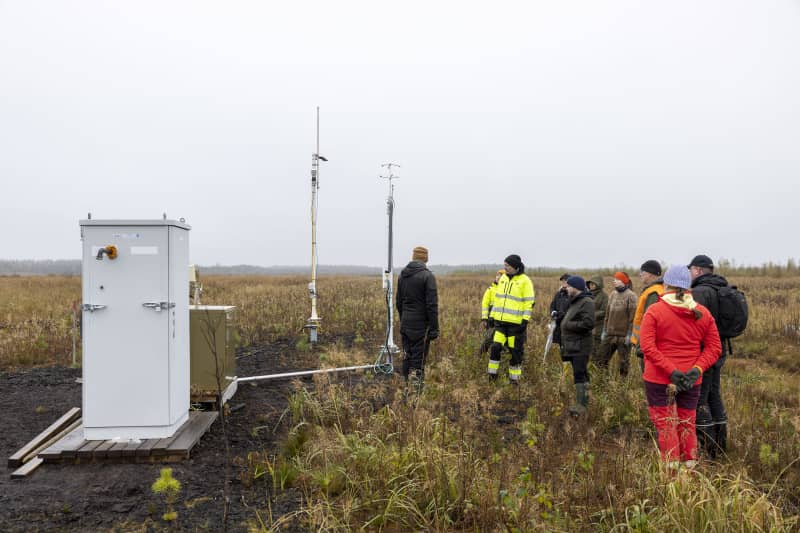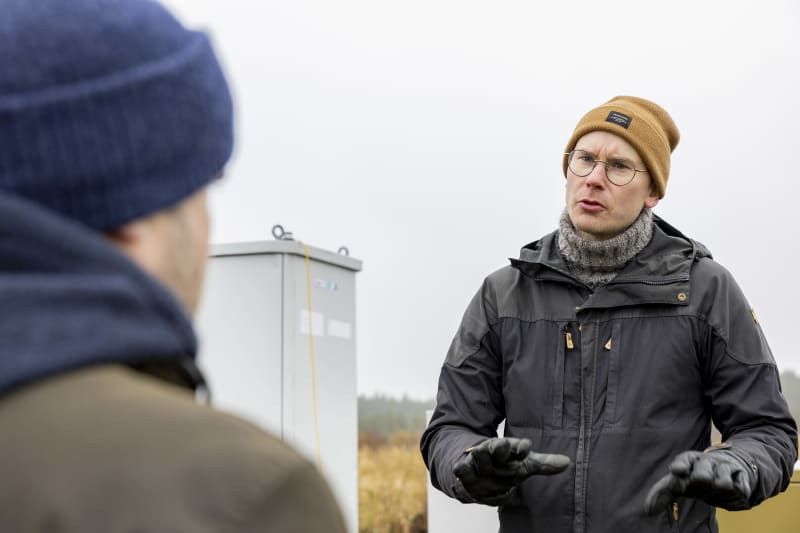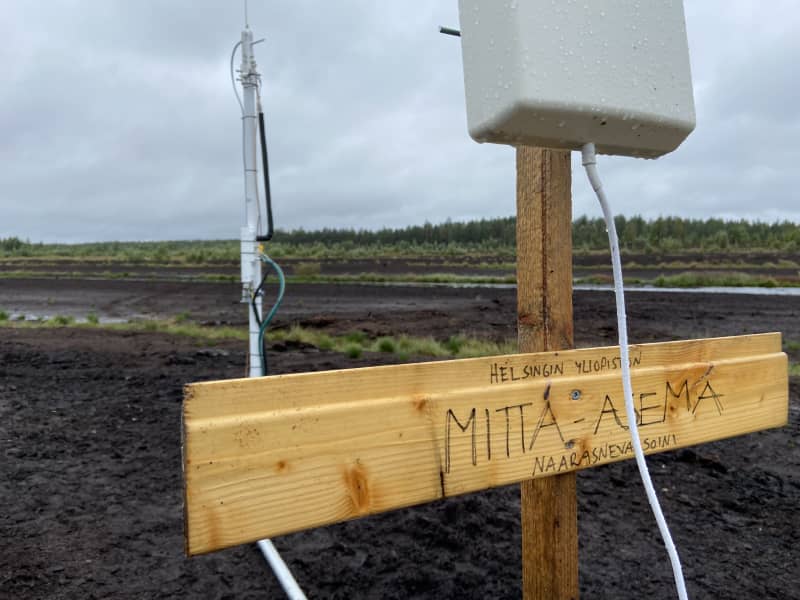Carbon dioxide emissions from a peatland in southern Ostrobothnia started to decrease for the second year in a row due to afforestation and vegetation growth. No similar study has been done elsewhere.
Interesting preliminary results have been obtained from a study on the afforestation of an old peat bog.
Naarasneva in Soini, South Ostrobothnia, which was removed from peat production, turned from an annual emission source into a small carbon sink after just one year of afforestation.
The restoration of peatlands has been studied, but there has been little research on afforestation using this method.
– As a researcher, I find this really significant. Of course, we have to remember that we are talking about one place, but I believe that Naarasneva is not an extreme example, but a typical and generalizable one, says Lohila.
The masts measure carbon dioxide continuously
A research station measuring carbon dioxide exchange was established in Naarasneva in 2021. Two masts were erected on the decommissioned peat bog, which gather information about the events of the bog.
So the measurement started with a bare peat bog, whose carbon dioxide emissions could be monitored from the beginning.
– We are quite excited ourselves, because this is a unique opportunity to measure a significant change in land use from the very beginning. Now we see every day what happens there in terms of gas exchange, says Lohila.

A major change
In the following year, 2022, the bog was fertilized with ash and pine seedlings were planted. At the same time, the vegetation of the field layer also began to grow strongly.
Already in the first summer, carbon sequestration exceeded the emissions of peat decomposition, when the undergrowth burst into growth. However, carbon sink lasted only about a month in the first summer.
A significant change happened in the second summer.
– This year, the place turned into a carbon dioxide sink already in May. Vegetation sequestered more carbon than was released by the decomposition of old peat. And it continued until August, says Lohila.
– In addition to pine, birch and holly have come to the field layer as a result of vegetation. It has surprised us that it has been possible to turn this area into a carbon sink so quickly, says Laasasenaho.
In winter, when the plants stop connecting, the bog turns into a source of carbon dioxide again.

Unique research
Soin’s Naarasneva station was built as part of the Turnee research project led by the University of Helsinki, which studies forests on peatlands.
The project is financed by the Ministry of Agriculture and Forestry. Seinäjoki University of Applied Sciences, the Institute of Meteorology and the University of Oulu are also involved in the project.
The station measures carbon dioxide exchange, but also solar radiation, small particles, and methane and nitrous oxide with separate chamber measurements.
The peat bog is an exposed source of emissions whose carbon dioxide emissions do not stop even in winter. Of course, fewer emissions were measured in winter than, for example, in spring, but the emissions still continued all the time.
Peat also breaks down gradually, so it can be a source of emissions for a very long time.
– It is interesting to see in which direction it develops. Will the sink grow steadily or will the decomposition of the old peat start to increase or what will happen, wonders Lohila.
Forecasts have also been made in the research project and preliminary modeling suggests that the bog will become a carbon sink for a longer period of time.

Afforestation for further use
A barely a couple of meter layer of peat was lifted from the bog, which was transported at least as fuel for the heating plant in Jyväskylä.
Laakso also works as the executive director of the local Forest Management Association and believes that afforestation is a natural continuation of former peat production areas.
He considers it most problematic that the disused peat bog would be left to its own devices
– Pajukko would quickly take over the industry and the economic importance would remain small. The more time passes, the more laborious it becomes to convert the swamp into a forest or for some other further use, says Laakso.
*The topic can be discussed until Sunday, October 15 at 11 p.m.*
